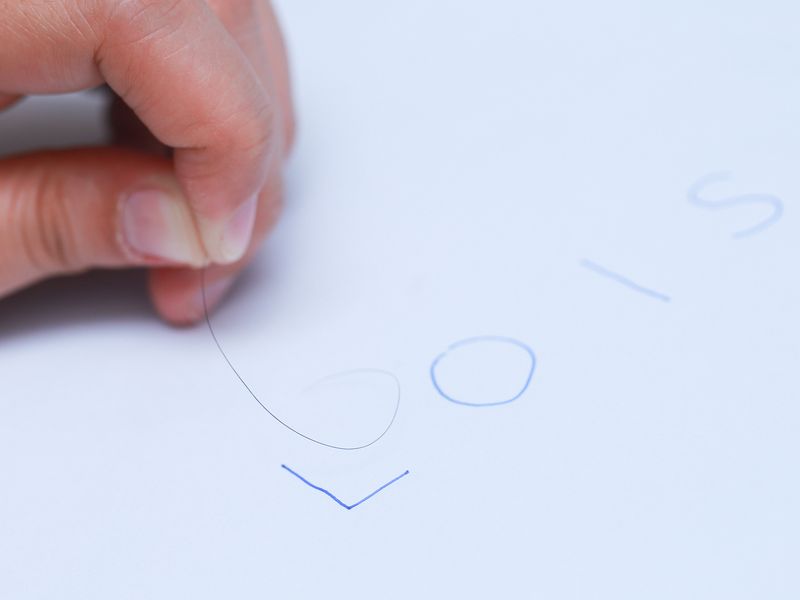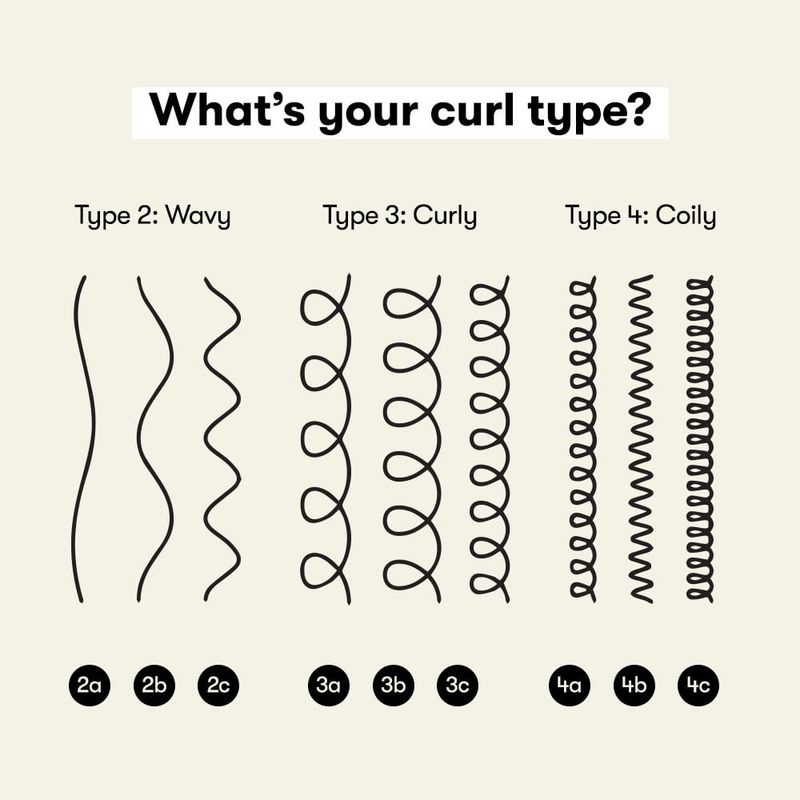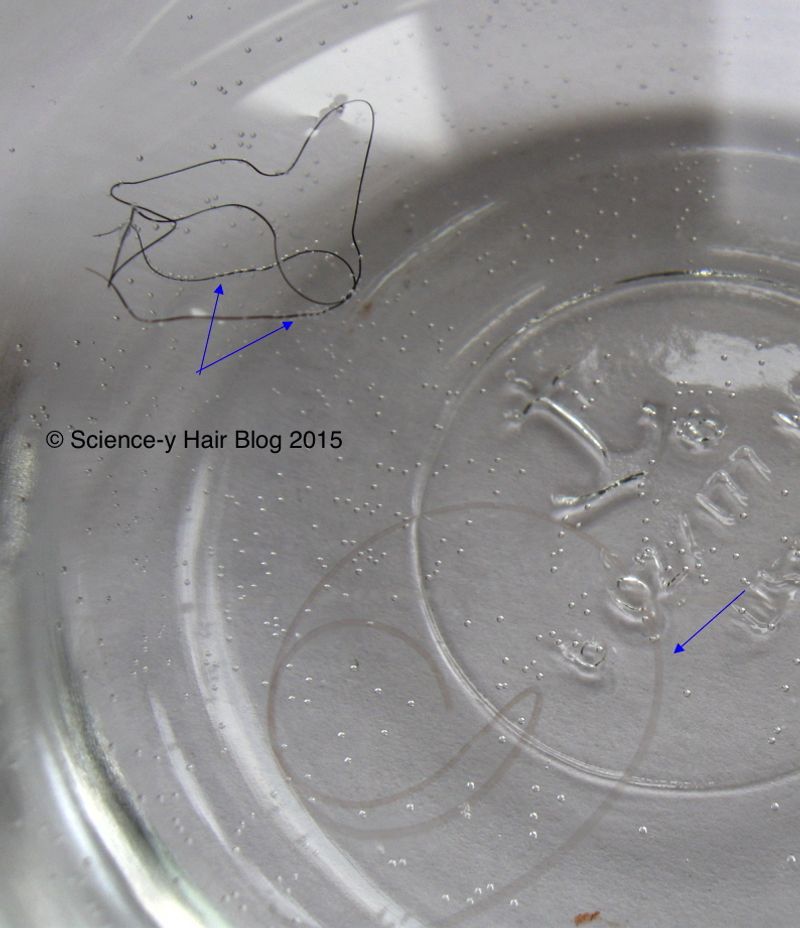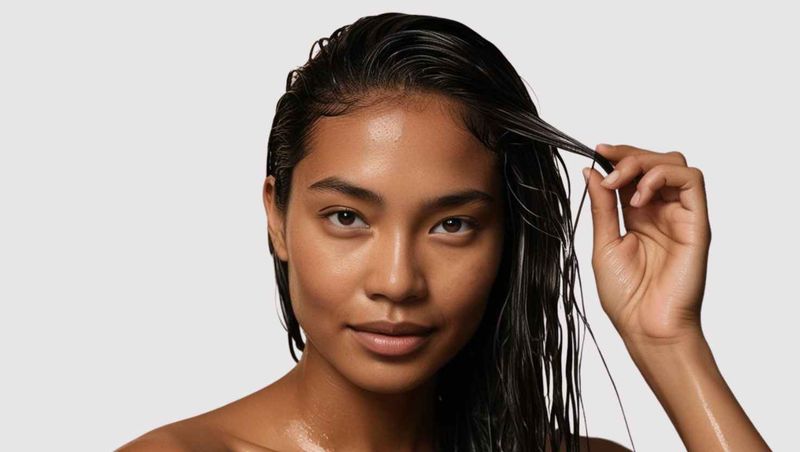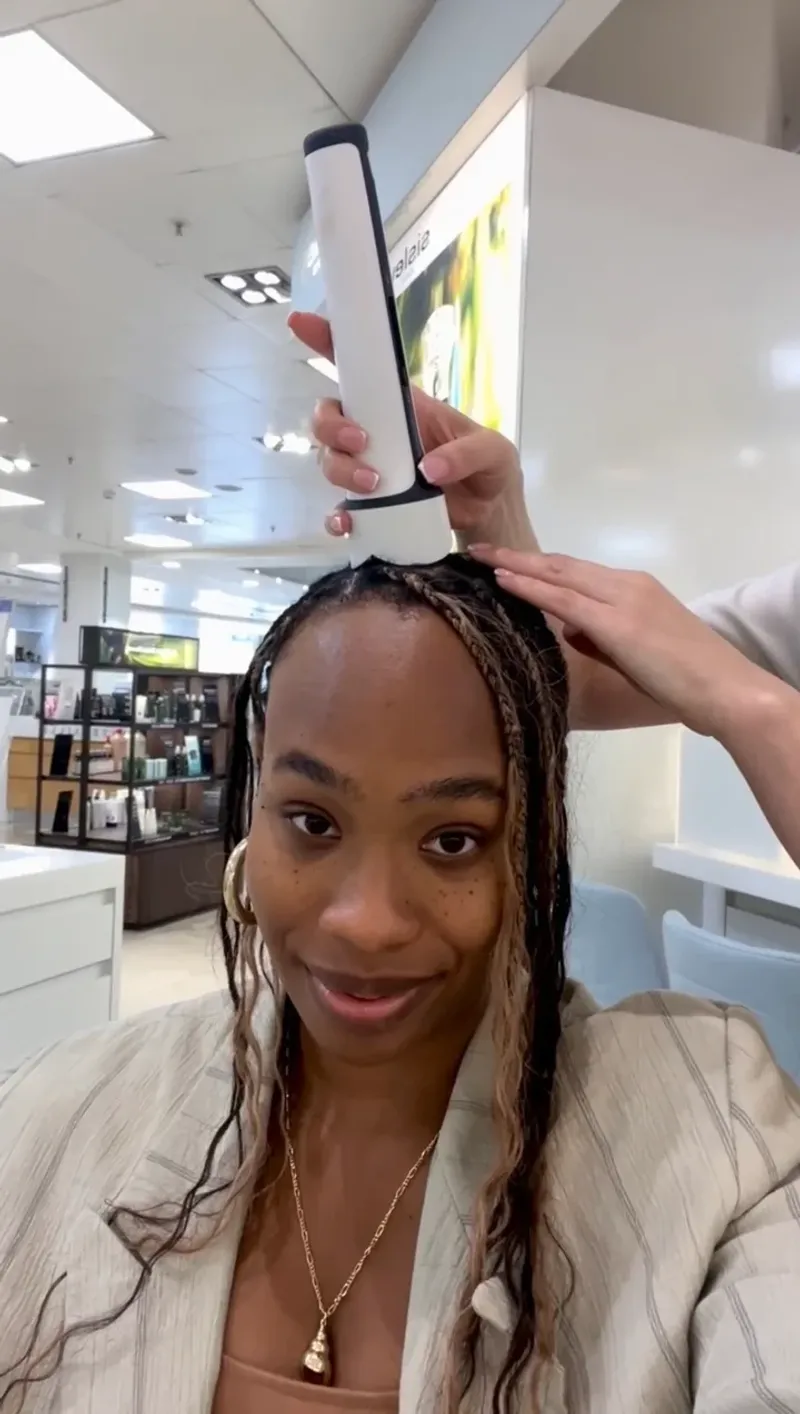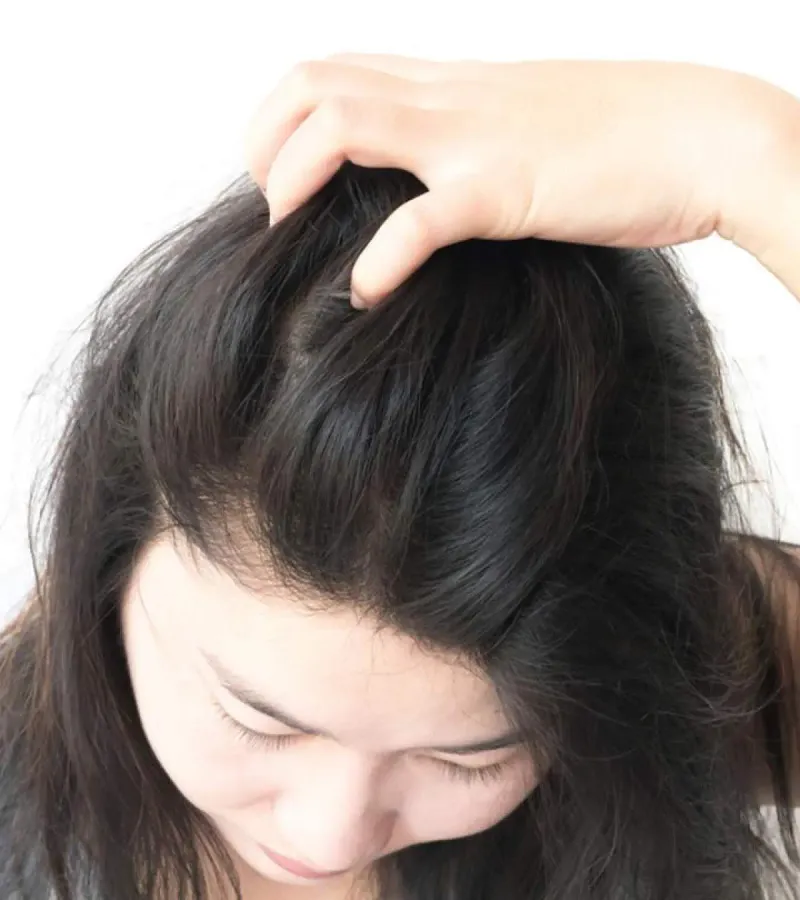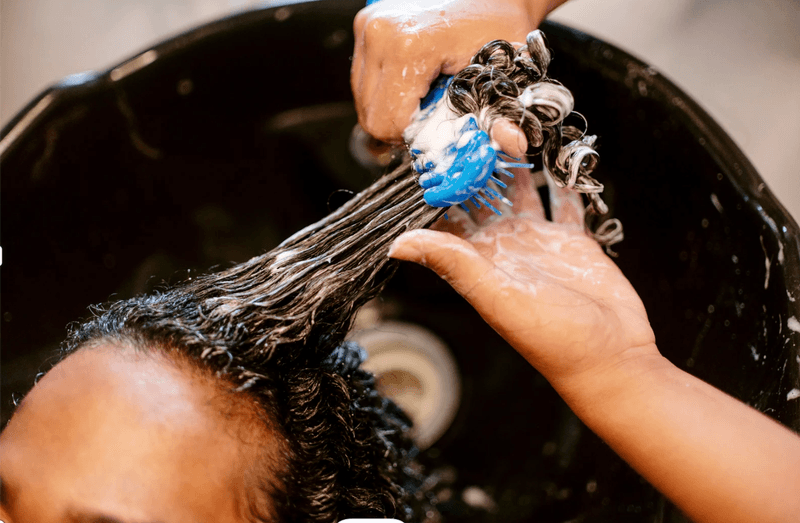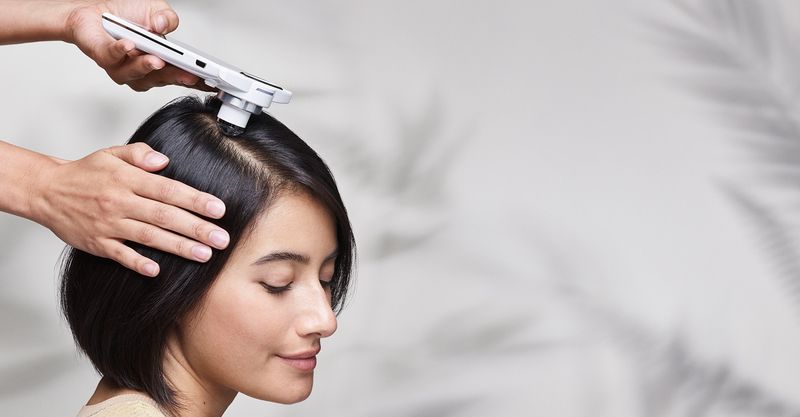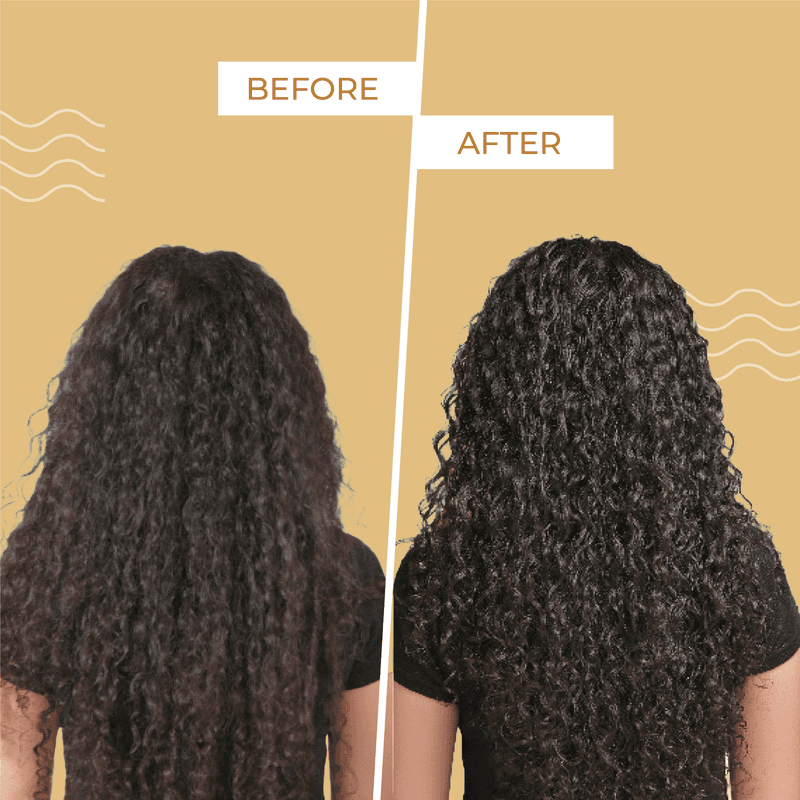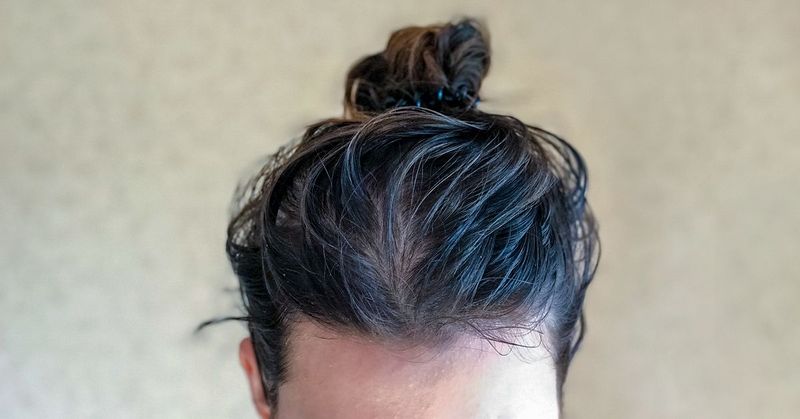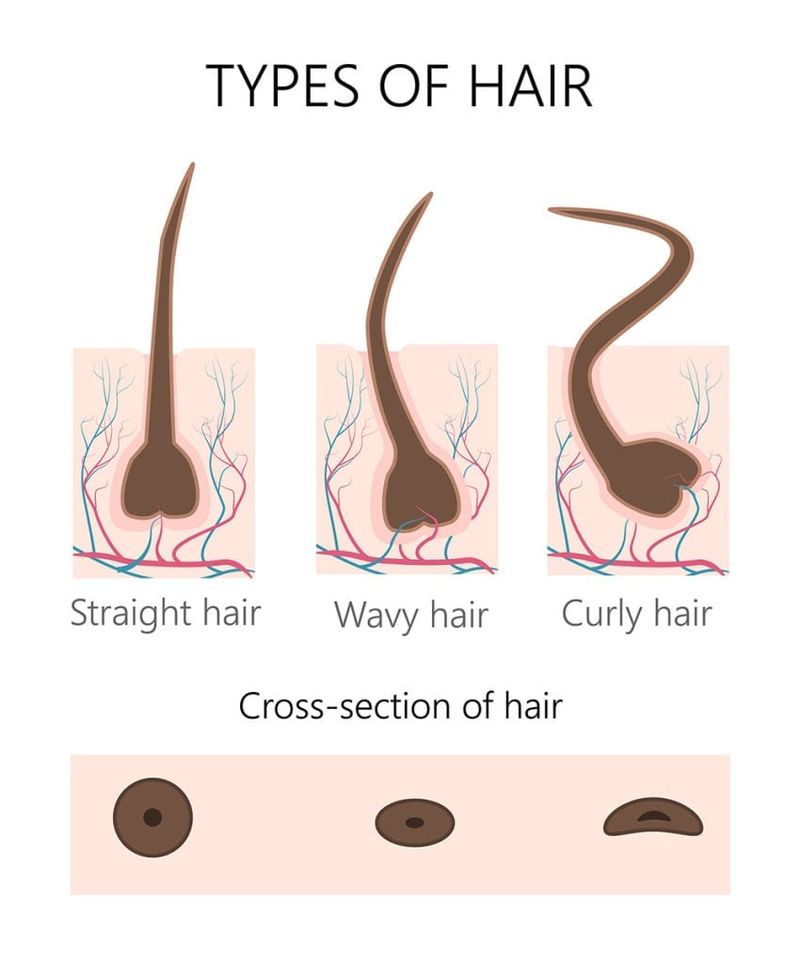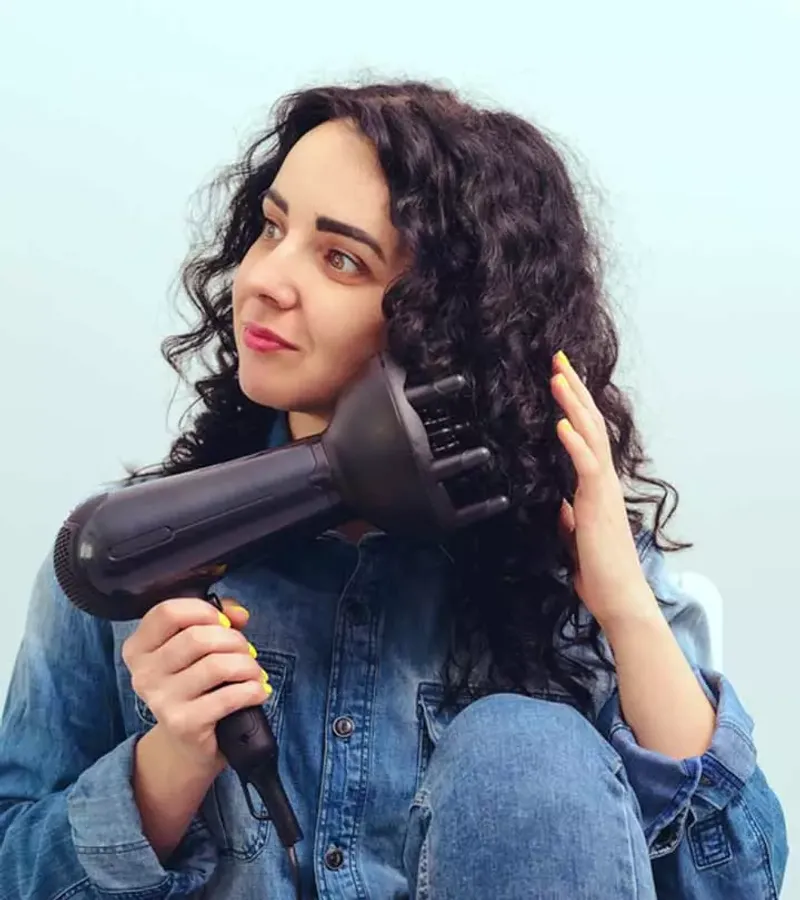Understanding your hair type is like having a roadmap to gorgeous locks. When you know what kind of hair you have, you can choose products that actually work instead of wasting money on stuff that doesn’t.
Hair experts have shared some clever ways to figure out your unique hair type and give it exactly what it needs.
1. Strand thickness test
Compare a single strand of your hair to a sewing thread. If it’s thinner, you have fine hair. If it matches the thread, your hair is medium. Thicker than thread? You’ve got coarse strands that can handle heavier products.
Related: -7 Straight-Hair Problems No One Talks About And 8 Easy Fixes That Shine
2. Curl pattern observation
Look at your hair when it’s completely dry and product-free. Straight hair shows no curves. Wavy hair forms S-shapes. Curly hair creates spirals. Coily hair makes tight zigzags or springs. Each pattern needs its own care routine.
3. Porosity water test
Drop a clean hair strand into a glass of water. Hair that floats has low porosity—moisture struggles to enter. Mid-sinking indicates medium porosity. Hair that sinks immediately has high porosity and needs extra moisture-sealing products.
4. Elasticity stretch check
Gently pull a wet strand of hair. Healthy hair stretches and returns to its original shape without breaking. If it barely stretches or snaps quickly, your hair needs protein treatments to restore strength and bounce.
5. Scalp analysis mirror check
Examine your scalp 24 hours after washing. Oily roots mean you have an oily scalp requiring frequent washing. A flaky, itchy scalp suggests dryness needing hydrating shampoos. Your scalp health directly affects your hair’s appearance.
6. Density hair flip method
Flip your head upside down and take a photo of your crown. Can you see much of your scalp? That’s low density. Medium density shows some scalp. High density shows very little scalp. Density determines how much product you need.
7. Wash day texture evaluation
Pay attention to how your hair behaves while washing. Fine hair feels silky and dries quickly. Medium hair takes moderate time to dry. Coarse hair feels rough and takes forever to dry. This reveals your strand structure.
8. Professional salon consultation
Book a consultation with a stylist trained in hair typing. They’ll examine your strands under magnification and assess multiple factors simultaneously. Many salons offer this service separately from haircuts, providing personalized product recommendations.
9. Weather reaction tracking
Monitor how your hair responds to different weather conditions. Frizz in humidity indicates porosity issues. Flatness in dry weather suggests fine strands. Keep a simple hair journal for two weeks, noting daily weather and hair behavior.
10. Product buildup assessment
Apply a clarifying shampoo, then note how your hair feels after. Sudden lightness and increased movement means you had buildup masking your true texture. Some hair types—especially wavy and curly—are easily weighed down by residue.
11. Strand behavior when wet
Observe your freshly washed, product-free hair. Straight hair stays straight when wet. Wavy hair forms more defined waves. Curly hair loosens slightly. Coily hair maintains tight coils. This natural state reveals your true pattern.
12. Oil production timeline tracking
Note exactly when your scalp begins feeling oily after washing. Quick oil production (1-2 days) indicates an oily scalp. Moderate (3-4 days) is balanced. Longer periods suggest a dry scalp. This determines your washing frequency.
13. Hair strand cross-section visualization
Using hair typing charts with microscopic cross-sections, identify your strand shape. Perfectly round indicates straight hair. Oval suggests wavy. Flatter ovals mean curlier patterns. This structural difference explains why different products work for different types.
14. Drying method comparison test
Wash your hair and divide it into sections. Air-dry one section, diffuse another, and blow-dry a third. The method that gives the best results indicates your hair type. Curly hair thrives with diffusing while straight hair prefers blow-drying.
15. Seasonal adaptation strategy
Track how your hair changes with seasons. Winter often requires more moisture while summer might need more frizz control. This seasonal shifting helps identify your hair’s core needs versus temporary environmental responses. Adjust products accordingly.


